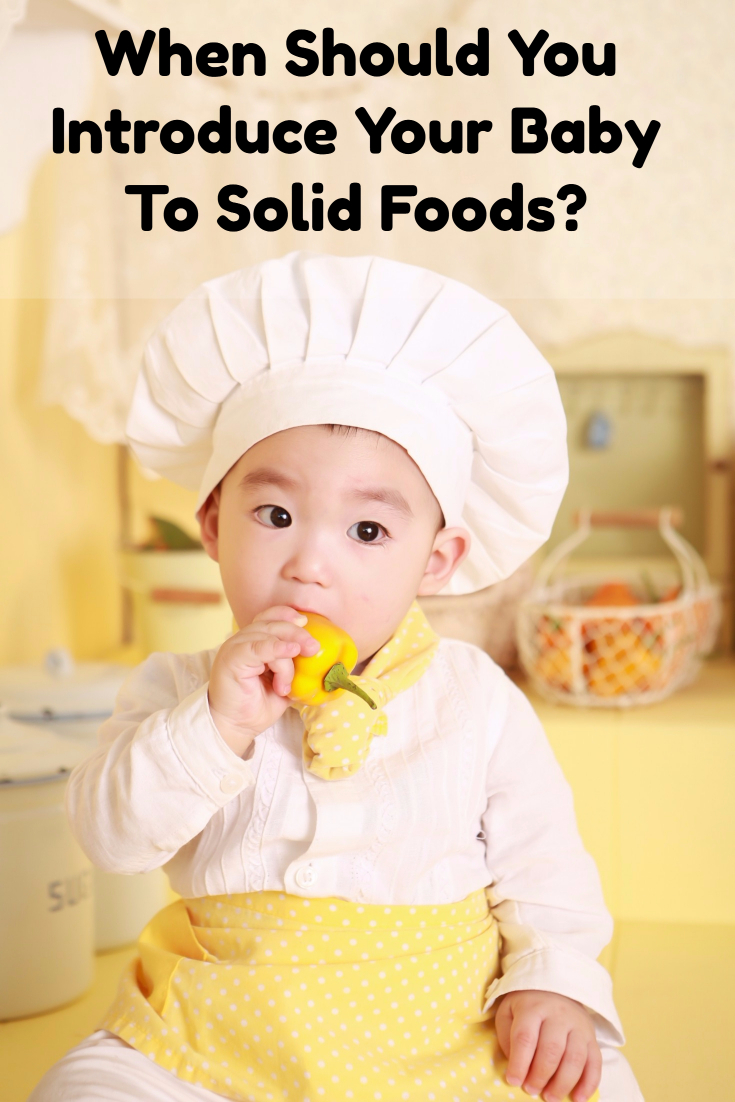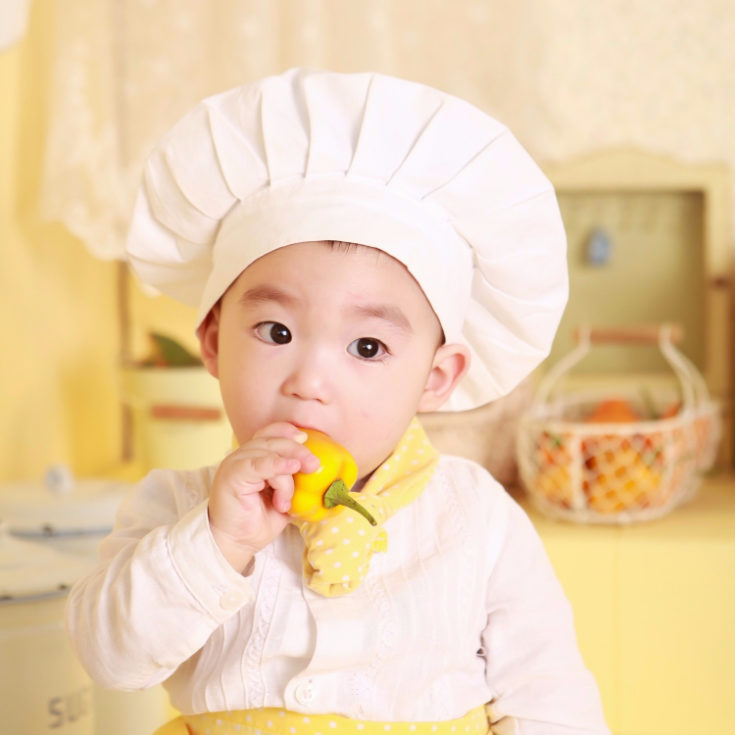Disclosure: This post may contain affiliate links, meaning we get a commission if you decide to make a purchase through our links, at no cost to you. Please read our disclosure for more info.
https://www.youtube.com/watch?v=c6tEKLT5G2M
With the recent uproar about actress Alicia Silverstone’s baby feeding video, there has been significant debate over when the right time is to introduce your baby to solid food and how to do so in the safest way. For many young parents, introducing solid foods can be confusing and even stress inducing. When should my baby switch to solid food? How much do I offer? Where do I start? There are a lot of questions. However, the solid food introduction phase doesn’t have to be difficult and you certainly don’t have to go into it clueless. There are a few simple rules to follow throughout the process and your baby will be eating solid foods in no time.
[amazon_link asins=’B004V5BTUA,B000LSL5ZK’ template=’CopyOf-ProductGrid’ store=’preemietwinswp-20′ marketplace=’US’ link_id=’048e043e-0902-11e7-b960-233956564f88′]
When Solid Foods Should Be Introduced
One of the most challenging parts of making the solid food transition knows when to do so. For many newbie parents, solid foods can be scary waters to wade into. Generally speaking, doctors suggest that babies between the ages of four and six months are developmentally ready to try solid foods out for the first time. It is at this point in their development that they lose the extrusion reflex that helps them with sucking from a breast or bottle. This reflex helps with nipple feeding, but will force any solid foods back out. Of course, every baby is unique and this developmental state is a mere range. There are also several signs that you can look for in your youngster to determine if they are ready for solid foods.
1. Sitting up and holding their head and neck up without support
2. Birth weight has doubled
3. Interested in the food you are eating
4. Can keep food in their mouth without spitting it all back up
5. Seems hunger for more than you are used to giving
With all these signs, for the most part, it becomes pretty clear when your little one is ready for solid foods.
[amazon_link asins=’B01CRCME7K,B00OYB30JE’ template=’CopyOf-ProductGrid’ store=’preemietwinswp-20′ marketplace=’US’ link_id=’1126a869-0902-11e7-9430-b3a15fca58f0′]
What Solids You Should Serve
The process of finding solids to feed your baby is one of the scariest. With worries about proper nutrition and food allergies, many parents become very stressed about what types of solids to start with for their kids. Iron-fortified cereals (such as rice, barley, and oatmeal) are the place to start. Mix these cereals with breast milk or infant formula to introduce your little one to more solid meals. Many suggest starting with rice because it is the least likely to cause an allergic reaction of some sort. Your baby will only eat a very small amount of solid food to begin with (initially only about a single tablespoon of cereal). Little by little you will increase the amount of solid cereal your baby eats each day. It is important to do the process gradually and that you pay attention to your baby’s reaction to the process.
At around six to eight months, when you baby is sitting upright, feeding themselves, and can pick up their own food, you can introduce pureed and textured cooked veggies and fruits. You want to try just one food at a time to be sure that they do not have any sort of adverse or allergic reaction to the fruit or veggie. At this time you continue feeding formula or breast milk, but you include the pureed solids into their diet as well.
Between eight to ten months old, your baby should begin to hold their own bottle, reach and grab for food and a spoon, and sit upright without support. It is at this stage that you can begin to introduce breads and cereals, yogurts, soft cooked veggies, cooked fruit, finely cut or pureed meats, cheeses, egg yolk, and mashed legumes. At this point, your youngster will still be eating formula or breast milk.
[amazon_link asins=’B009IVKY7Q,B01IRK8N08′ template=’CopyOf-ProductGrid’ store=’preemietwinswp-20′ marketplace=’US’ link_id=’41a42412-0902-11e7-a480-3d24b644d2b2′]
Conclusion
It is important to remember that the solid food process is a gradual development. Every baby is unique in the process and you will be able to read your babies developmental readiness much more easily than you might be thinking. Be smart and stay educated about the process and everything will run smoothly. Pretty soon, your little one will be rubbing pureed carrots all over their face!


